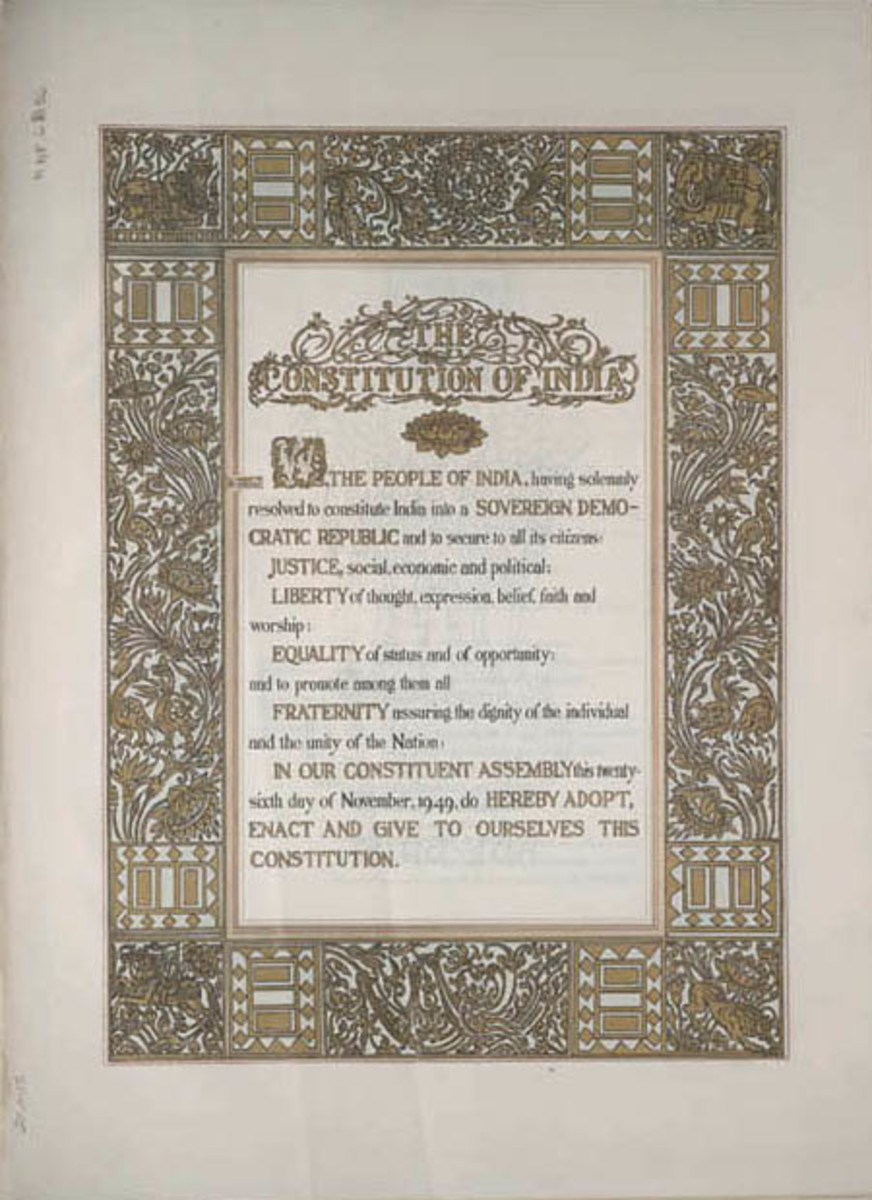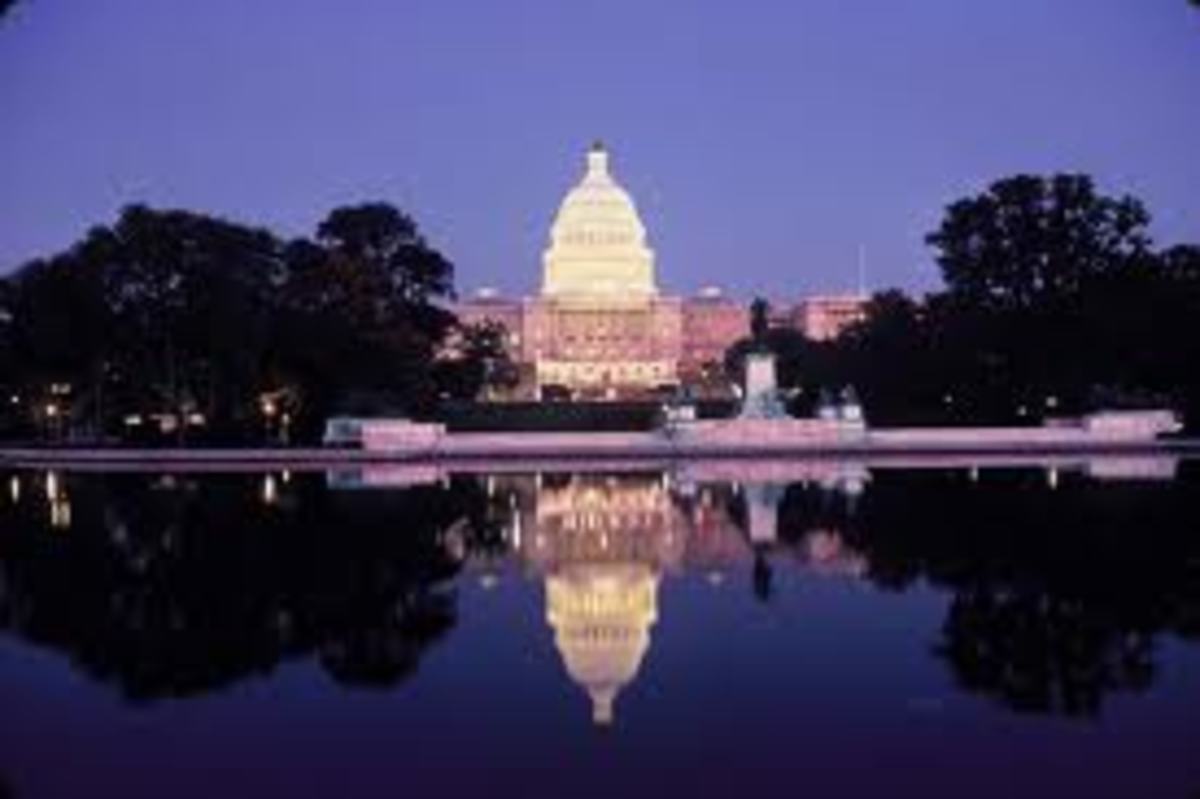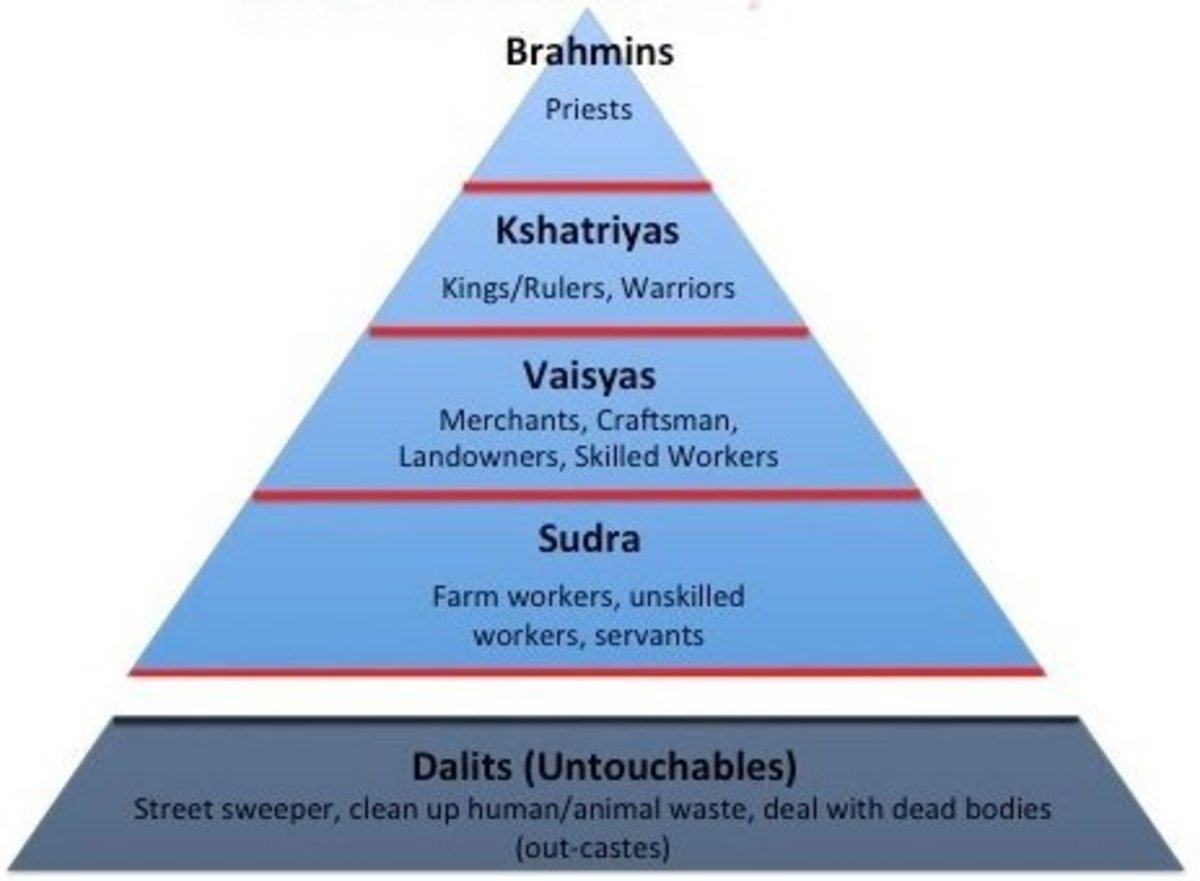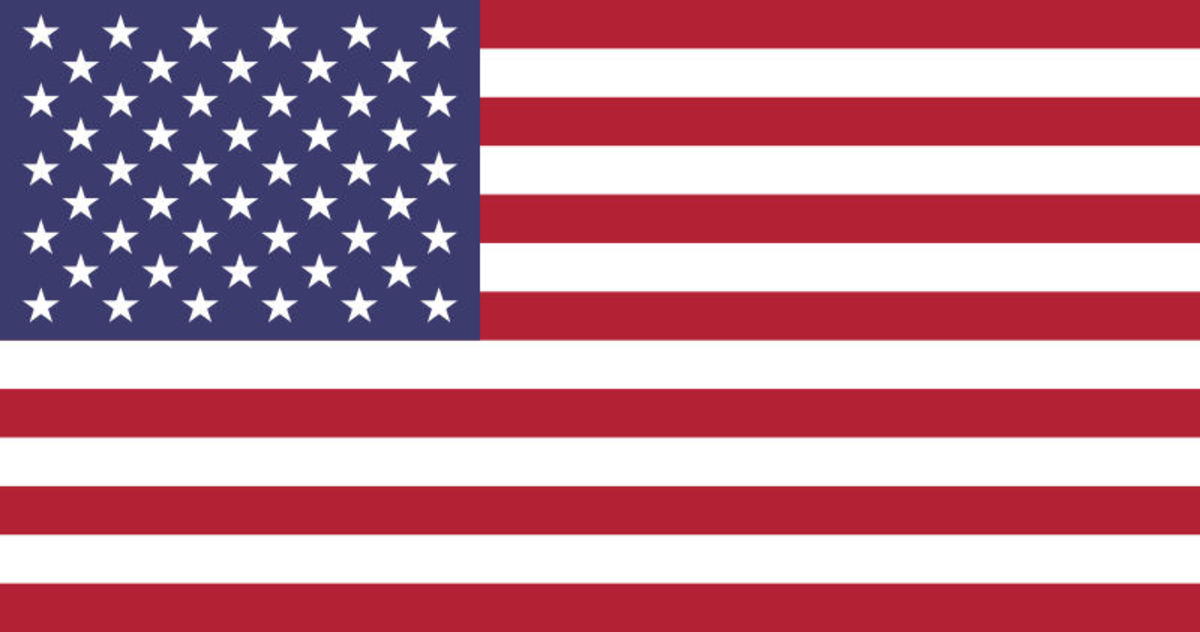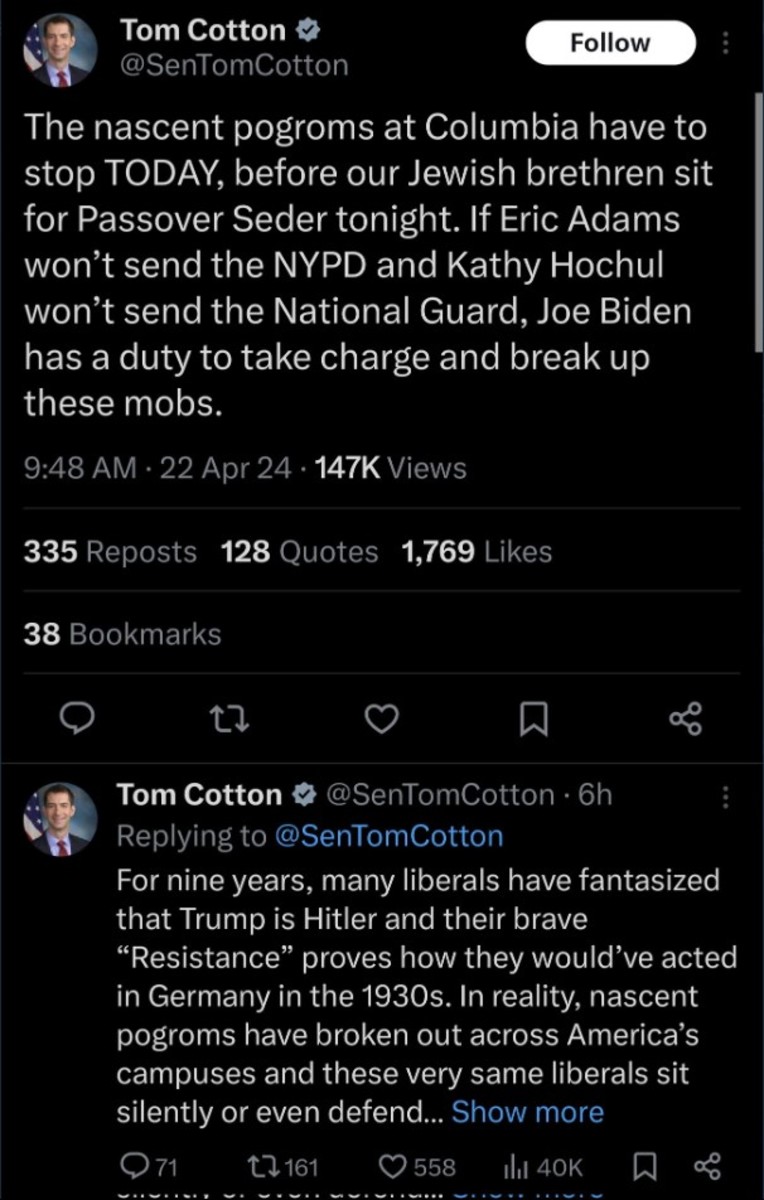Difference of Federalism between U.S.A.(US) and India
What Is Federalism?
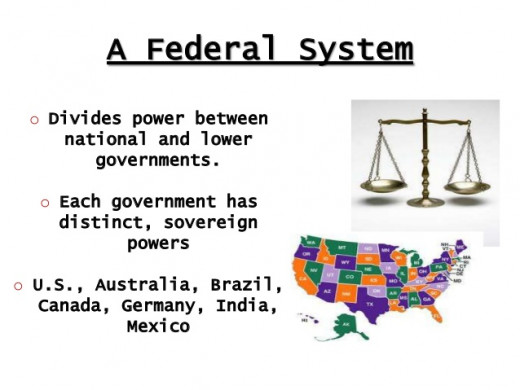
Structure,Representation and Citizenship
There are few federal countries like Australia, Brazil, Canada ,India and U.S.A. etc in the world with certain variation .The democracy of India and United States are noteworthy. These two countries have different types of federal democratic structure . Here are some of the most important features compared clearly.
Formation
- No state can be separated in its own wish and it cannot damage the federal union in America too. India has the same provision like America. No state can withdraw its representation from the union to break the unity of the federal institution. No single state has the right to be separated from the federal union. The 16th amendment of constitution had made it clear that words against federalism or words for separatism cannot be taken as right to words or right to speaking.
- American union cannot sketch a new map of the country with new demarcation on its states border which has been drawn during the formation of the united states of America . It does not have the lone authority to create a new state without the consent of the states. It does not have the single power to make delimitation of a state. The centre needs to have gathered the consent of the state related to the change. There must be a mass-poll for this purpose in the definite state for which the centre is going to change the border. Indian constitution accepts the opposite way in this respect. India can create a new state, make delimitation for a state, restructure states within the union by implementing a law in the parliament(parliament is the union councils at the centre).It can reshuffle states and make change of the borders of the states by the implementation of a law forwarding a majority in the parliament. This provision is included in article no 4. There is no provision to accept the consent of the related state to have passed a law to make change in the borderlines within the constitution of India. The recommendation of the president of India is required to pass the law .The president does recommend the law after he has obtained the opinion of the certain state about the law. This is not compulsory. The president permits a fixed time to give the opinion about the law by the state government if it wants to inform.
Example:- In 1956, restructuring India lessened the number of states from 27 to 14.Then again, the states like Gujrat , Nagaland ,Haryana, Meghalay, Himachal Pradesh, Manipur, Tripura, Mizoram, Arunachal Pradesh, Chhattisgahr , Uttarakhand , Jharkhand and Telengana have been formed from the contemporary states.
Representation:-
American states are equal , may their population or volume be different. This is reflected in equal representation in sennet (the upper house of the American parliament) by all the states of the American union. The establishment and propriety of the states, are protected in this house. No state will be deprived of its equal representation credit in the sennet without the consent of the said state by the union.
In Indian constitution, there is no equal representation in the upper house(Rajyasabha) . There are different numbers of seats in Indian states which vary from 1 to 31. Thus more populated state is more important than less populated state. Big state are given priority.
Citizenship :-
Double citizenship is the feature of American federalism while India has single citizenship scenario. One is not only a citizen of the state but also a citizen of the union in United States of America.He is obedient to both the living state and the union government. He is governed by the rules of both the governments .
But India has single citizenship system. An Indian is only an Indian. One has Indian citizenship in India. No separate citizenship is granted here for him.
Federalism in US
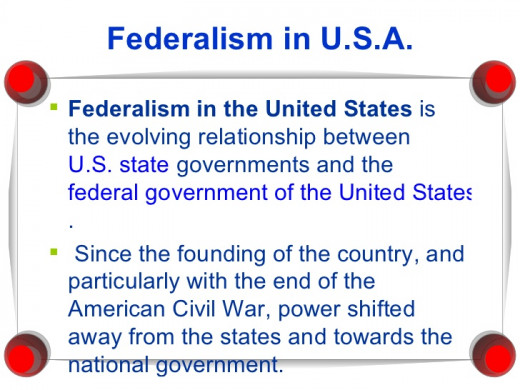
Control and Chiefs of Centers
Control
The centre has the supreme controlling power over the states in India. There are clear distribution of powers between the states and the union in India but the centre has been given an overriding authority over the states .
The union can give instruction to ascertain the implementation of legislative and administrative activities of the union. It is explained in 256th and 257th of the Indian constitution. The centre can dismissed a state government if it disagree to obey the orders of the union to execute(356th).
The Heads
The head of the Union in India is called the President and the head of a state is called the governor. The governor of a state is appointed by the president who can dismiss the governor at any time when the president thinks .This is referred to in articles 155th and 156th .The president may dismiss a law reserved by the governor for a state. In American constitution, it is not there.If the president thinks that the administration of a state government cannot run normally according to the constitution for some political or other reason, He can withdraw the executive and the legislative power to give these to the union.
Features of Federalism in India
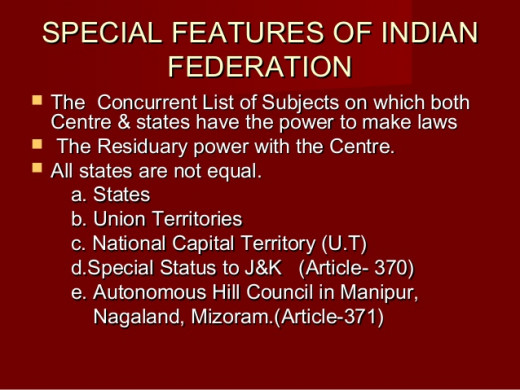
Work of Courts and Duties of Employees
Courts:-
There have clear divisions of judges between the centre and the states. In the United States of America, the cases of constitution and federal matters are judged in federal courts while constitution and laws of states are judged in states’ courts. This is different in India. All cases are judged either in supreme court or in states’ courts. Judicial system is something where supreme court is considered to be the top level court over all courts in different states in India. Each state has high court as its chief judicial advisory and authority. Provision or law means , in India, law of state and union.
Officials/Employers:-
There are different officials for the centre and the state in America where state officials do the duty for the state and the central staffs do the duty for the centre. But there is no such division of officials in India. State government employs officials of the define state to perform the application of laws of both the certain state and the centre simultaneously. There is provision in Indian constitution to form union service commission , the employers of which will do the duties of the centre and of the state. An employee of the union service commission can only be dismissed by the central government when he is working in a state temporarily.
258th Article explains that the union can hand over the executive functions to the state with its(state’s) consent.258th Article also explains that a state can also give the executive duties to the union with its consent.
Federalism
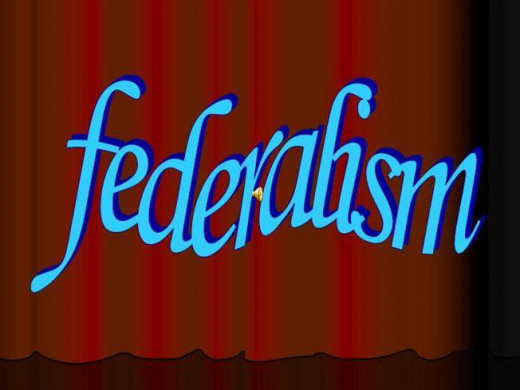
Constitution Amendment and Emergency Period
Amendment:-
The importance of a state in the matter of constitution amendment is less than the importance of union in India. The importance of a state in this issue is so less in India. In India, the receiving of state’s consent is not necessary. It is required in some cases where the subject of amendment is related to any strike against the federal framework of the union. In other cases, even the necessity to take advice from a state is unnecessary. The United States of America is formed by a treaty with the states together. This is why state is as important as the union in America in case of amendment of the American constitution. The constitution, specially the part where the amending subject is linked to the subjects of treaty, cannot be changed or amended without the consent of the states. The Constitution of the United States of America is brief and rigid. Indian Constitution is so large which has XXII parts, 395 articles and ten schedules. The lawmakers have amended the Constitution of U.S.A. only for 27 times during the period between the period 1989 and 1992.It is noteworthy that 21st amendment was performed to reverse the 18th amendment. But Indian Constitution has already been amended for 94 times.
Emergency:-
Congress may authorize the Government to order militia to execute laws and cease revolt. A state Government may engage in battle without the consent of Congress when it feels that delay should not be allowed. During emergency the union becomes unitary government. During this period the union can order in all matters to the states. The legislative power is extended even to the subjects which are state scheduled. 354th,355th,and 356th explains the emergency in Indian constitution.
The union can also enter into all state scheduled subject to take legislative power. But for this purpose, a proposal must be accepted with 2/3rd majority in the Rajyasabha .This is done to safeguard the national security.
U.S.A. declared a national emergency on the issue of 11th September,2001 terror attack at Pentagon. It disabled certain provisions of law to limit the size of the military and to suspend the duration of it. In 1975 , contemporary Indian Prime Minister Mrs Indira Gandhi declared a state of Internal Emergency.

